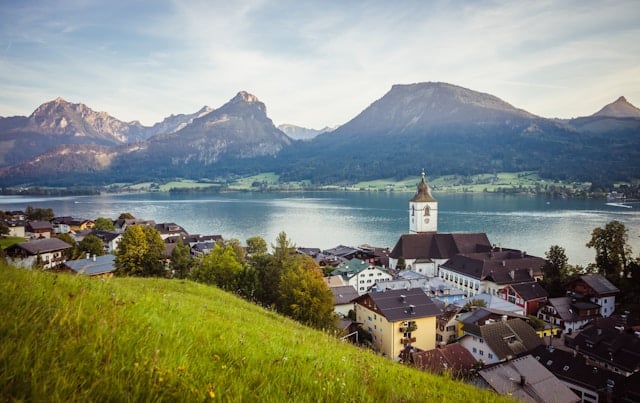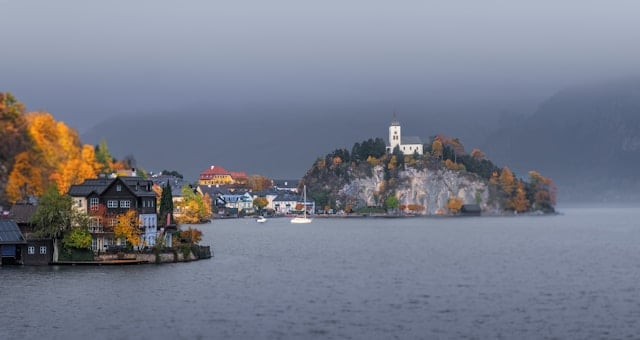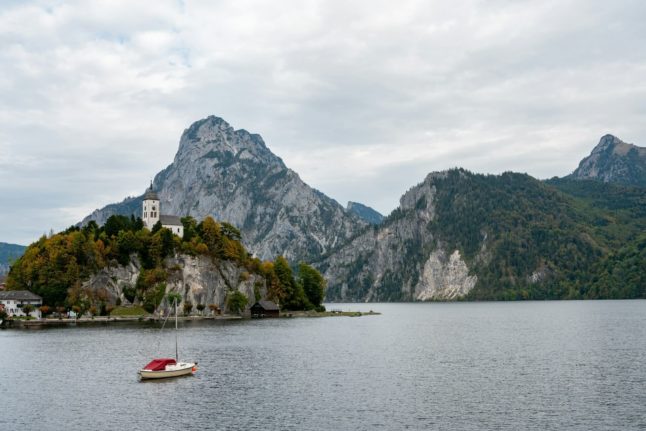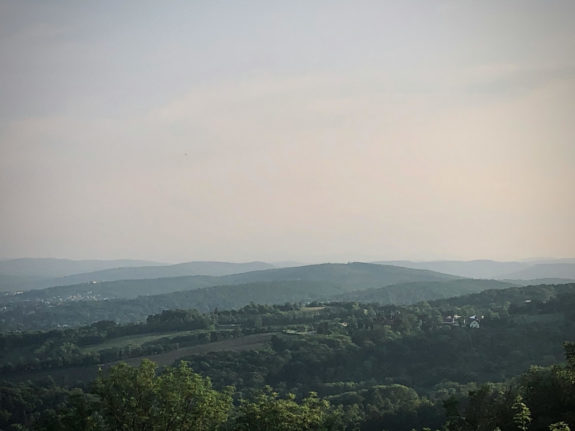The Salzkammergut region in Salzburg is famous for its beautiful nature, particularly its crystal-clear lakes surrounded by mountains. The area also has many charming villages worth visiting. Instead of going to the often overcrowded town of Hallstatt, you should consider exploring some of the lesser-known but just as beautiful villages. Here, we list the four most interesting ones.
St. Wolfgang
St. Wolfgang is a cute village located on the beautiful Lake Wolfgangsee. It is great to visit and experience fantastic nature and exciting history.
The village is famous for its Gothic church where the saint St Wolfgang is buried. It is also known for its colourful historical buildings and narrow cobblestone lanes where you can stroll and enjoy the architecture that takes you back centuries.
If you want to eat something or buy local products, the village offers many restaurants, coffee places, and shops to purchase products and artisans from the region.
You can explore various outdoor activities at the lake and in the mountains surrounding the village, including biking, swimming, sailing, hiking, climbing, or even enjoying an adventurous ski tour during the winter. If you want to explore some great views without doing a lot of sports, you can take the Schafbergbahn, a historic cogwheel railway, up the mountain.
The village also hosts many cultural events and festivals, such as the Advent market with music, different stalls with local products, and Gluhwein during the winter. During the summer, the Sommernacht (Summer Night) festival offers a great opportunity to meet people and enjoy music, theatre, and other performances.
From Vienna, you can take public transport to St. Wolfgang, a trip that normally takes around four hours. One of the best options is to take the train from Vienna to Bad Ischl and then change to bus 546, which takes you straight to the village.

Traunkirchen
This small and historic village is surrounded by crystal-clear water and high mountains on the shores of Lake Traunsee.
This village is famous for its church, Johannesbergskapelle, which is located on a rocky, smaller mountain from which you can enjoy great views of the surroundings. You can also explore the views by walking on the lakeside promenade or, why not, by boat ride on the lake.
Traunkirchen is also an excellent place for swimming since the lake is just around the corner. It is also a good starting point if you want to hike up the mountains surrounding the village. Many hiking and biking paths are available, and they are clearly marked and easy to follow.
If you are hungry and in the mood for some shopping, the village has different restaurants, coffee places, and shops where you can buy local products.
In late spring, the village holds the annual sailing regatta Traunseewoche (Traunsee Week). The event gathers sailors from around the region to compete in various sailing races, and as a visitor, you can watch the races from the village’s shores.
Public transport takes around 2.5 hours to reach Traunkirchen from Vienna. There are different travel options, but one of the best is to take the train from Vienna to Attnang-Puchheim Bahnhof and catch another train to Traunkirchen.

Strobl
Strobl is another charming and historic village on the shores of Lake Wolfgangsee. It is a village less known than St. Wolfgang and a good alternative if you want to have a calmer experience.
Here, you can stroll around the narrow village lanes and admire the old Austrian traditional architecture, visit the village’s church, Pfarrkirche Strobl, try local food in one of the restaurants, or explore some shops. You can also walk on the lakeside promenade and enjoy the great views of the lake and the mountains.
Like the other villages in the Salzkammergut, Strobl also offers excellent opportunities for swimming, cycling, hiking, or boat trips. If you want to hike around the lake, you can check out the hiking trail called Bürglstein Rundwanderweg, which offers an easy trail where you always walk close to the lake.
If you are in the village during the summer, you should try the Sommerrodelbahn Strobl. On a sled-like cart, you go down a winding track on a hill close to the village.
By public transport, you can reach Strobl in around four hours from Vienna. Take a train from Vienna to Salzburg, and from there, take bus 150 to Strobl bus station.

Altaussee
Altaussee is a historical village located on the shores of Lake Altausee. It is famous for its beautiful Austrian architecture, church, and the Altaussee Salt Mine, which has been in operation for over 7,000 years.
Apart from the beautiful lake, the village is surrounded by high mountains where you can go hiking and enjoy the incredible views. The town is also an excellent location for cycling, swimming, going on a boat ride, or just relaxing while taking in the surroundings.
Throughout the year, Altaussee hosts different cultural events and festivals, such as the cultural celebration The Narzissenfest, which takes place in the summer. The festival celebrates the blooming of narcissus flowers, and you can go there to enjoy events such as concerts, flower parades, and local food.
Altaussee also has literary significance due to its association with the Austrian writer Stefan Zweig, who found inspiration in the village’s tranquillity and nature.
With public transport, it takes about four hours to get to Altaussee from Vienna. You can take a train from Vienna to Attnang-Pucheim and then another train to Bad Aussee. Once you are there, you catch bus 955 to Altaussee Kurhaus.

Check out the timetables for your travels on ÖBB’s website or through their application.
READ NEXT: The four best cycling routes in Austria



 Please whitelist us to continue reading.
Please whitelist us to continue reading.
Member comments